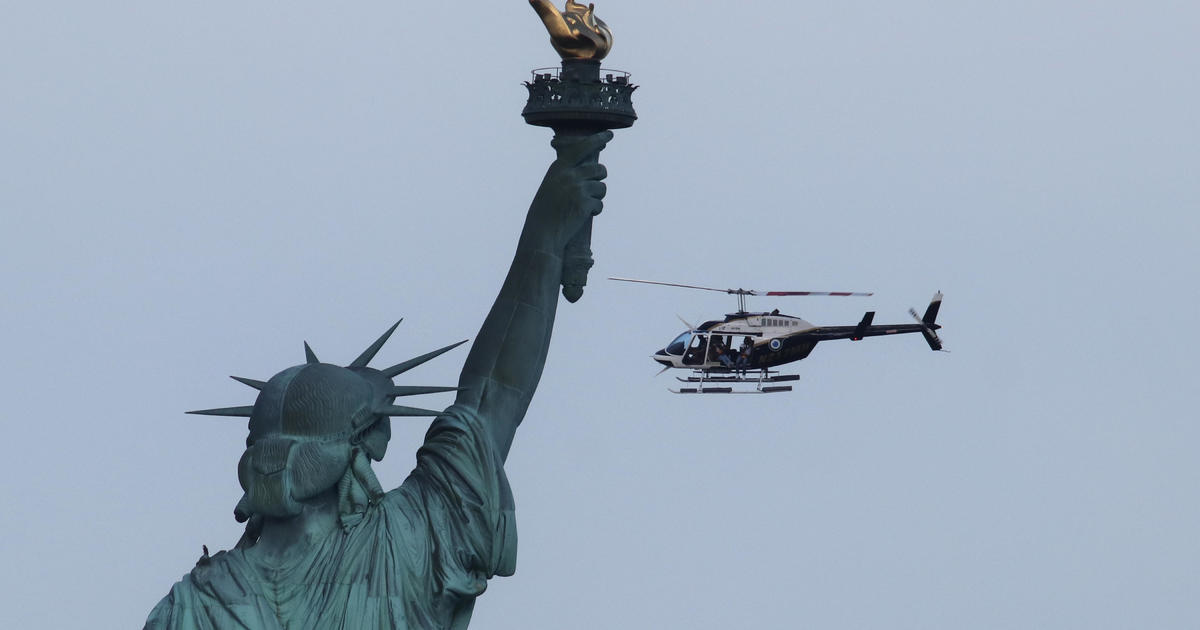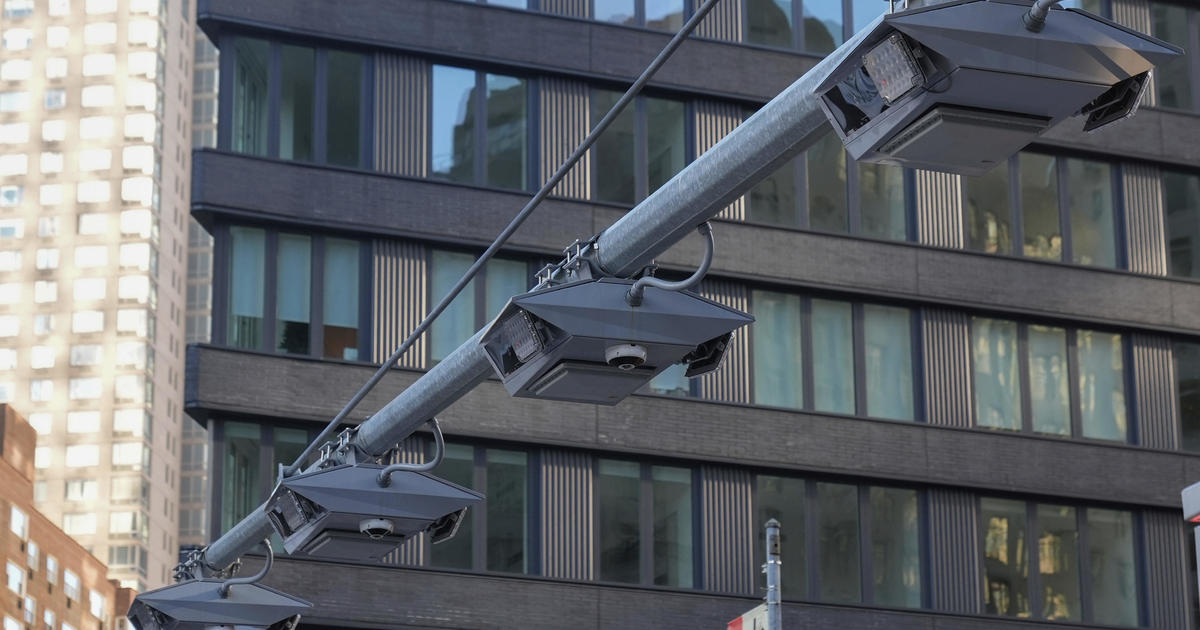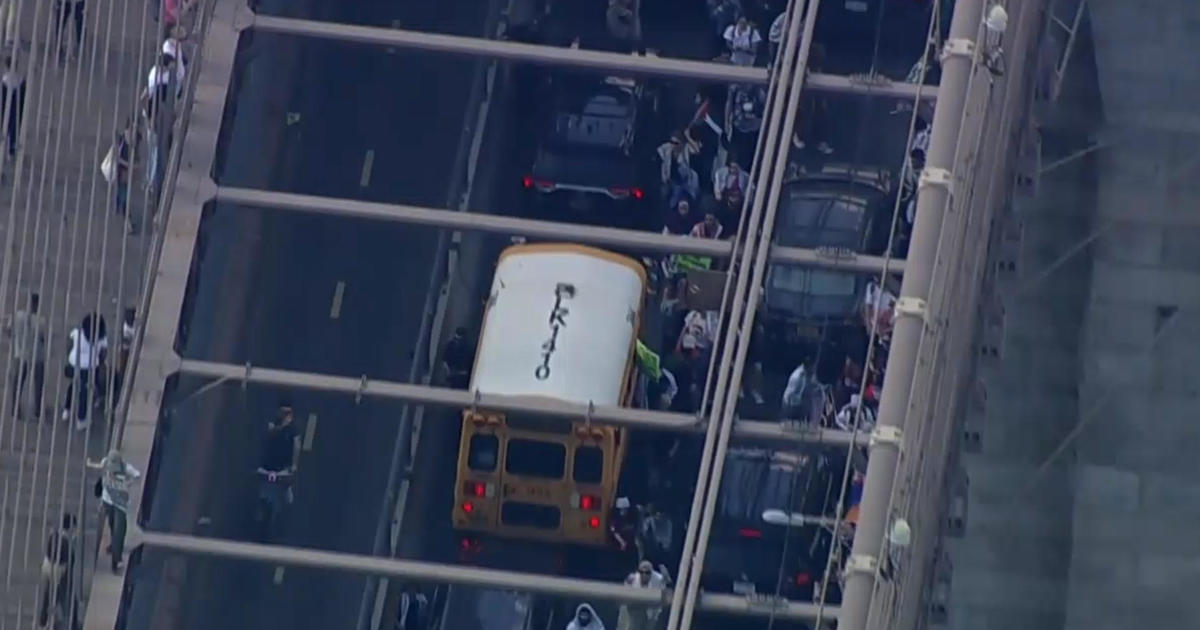NTSB: Controller Partly At Fault In Hudson Crash
WASHINGTON (AP) -- Errors by an air traffic controller distracted by a personal phone call set the stage for a midair collision last year over the Hudson River between a tour helicopter and a small plane that claimed nine lives, a federal safety panel said Tuesday.
While the National Transportation Safety Board placed a large share of the blame for the Aug. 8, 2009, accident on the controller, it also faulted Federal Aviation Administration rules in the busy air corridor over the Hudson between New York and New Jersey that rely on pilots to "see and avoid" other aircraft rather than be actively separated by air traffic controllers.
NTSB Chairman Deborah Hersman expressed concern that midair collisions are still occurring more than 50 years after the collision of two airliners over the Grand Canyon prompted reforms that led to the creation of the FAA and the nation's air traffic control system.
Midair collisions involving airliners are rare today thanks largely to onboard cockpit warning systems. But there have been 59 collisions involving helicopters and small planes, which are not equipped with the same warning systems as airliners, in the U.S. since 2005, board members noted.
Both aircraft involved in last year's accident were equipped with a different kind of technology -- traffic monitoring systems -- that provide indications of the impeding collision, investigators told the board. But those indications, which can be so frequent that investigators said pilots often tune them out, were ignored or went unobserved.
Hersman said the collision was due to "a merger of missteps" than began with the controller who cleared Steven Altman's Piper Lance for takeoff. Altman, 60, of Ambler, Pa., requested that the controller continue to advise him of potential traffic conflicts after takeoff.
But the controller, engaged in a bantering personal phone call about a dead cat while directing traffic, was distracted and violated several procedures, investigators said. He waited more than two minutes to give Altman a new radio frequency after he handed off the plane to controllers at nearby Newark Liberty International Airport. When the controller did relay the frequency to Altman, he spoke very rapidly, making his words difficult to understand, investigators said.
Altman read back the frequency to the controller incorrectly as 127.8 instead of 127.85. Controllers are supposed to listen to a pilot's readback of a frequency and correct it if it's wrong. However, the controller received a radio call from Newark controllers at the same moment, as well as being distracted by the personal phone call and other traffic he was handling. He didn't correct -- and probably didn't hear -- the incorrect readback, investigators said.
As a result, Altman was probably tuned to the wrong radio frequency and couldn't be reached by controllers when they tried to warn him of the impending collision, investigators said.
Also killed in the accident was the helicopter's pilot, Jeremy Clarke, 32, of Lanoka Harbor, N.J., who apparently couldn't see Altman's plane, investigators said. Clarke would have had to look behind his right shoulder to see it coming.
The helicopter was visible from the window of Altman's plane. But a presentation by investigators demonstrated that it would have been difficult for Altman to discern the helicopter against the background of the New York skyline until a few seconds before the accident.
Altman and his two passengers -- his brother, Daniel Altman, 49, of Dresher, Pa., and his 16-year-old son, Douglas -- were killed in the collision. Also killed were Clark and five tourists from the Bologna area of Italy: Michele Norelli, 51; his son Filippo Norelli, 16; Fabio Gallazzi, 49; his wife, Tiziana Pedroni, 44; and their son Giacomo Gallazzi, 15.
(Copyright 2010 by The Associated Press. All Rights Reserved.)



